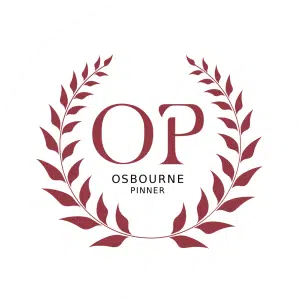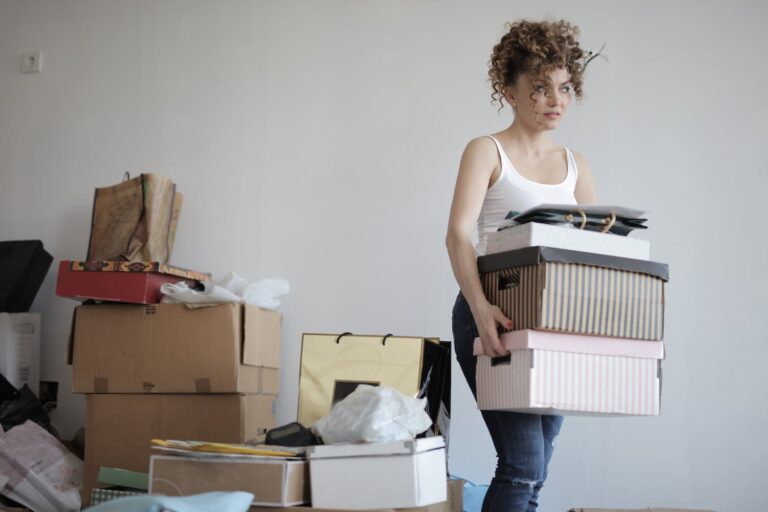Migrants travelling to the UK from outside the European Economic Area, otherwise referred to as the EEA, will need a visa for work. But the UK’s visa system is much more complex than that. A migrant will have to go through a points-based system to find their eligibility for different tiers of visa.
To be eligible for any of the four tiers, an applicant must be able to gain certain points for different factors. For example, with tier 2, the applicant must meet an English language requirement. With any of the tiers, if the points score above the minimum threshold, a visa will be awarded.
Tier 2 is the most popular tier for visa applications, as it allows skilled workers to travel to the UK for a job. But with many applications being turned down each year, it’s evident that there’s still some confusion around the visa process.
If you’re unsure how to apply and get a tier 2 sponsor licence, read on as we break down how to create a successful application…
The UK’s tier visa system
Before applying for a visa, it’s important to be sure you’re applying for the right one. The first tier is for those travelling outside of the EEA and considered to be ‘high-value migrants. So, an investor or someone who has been identified as a leader in their sector.
Tier 2 is for skilled workers travelling from outside of the EEA. It includes those who are travelling to fulfil a work shortage, transferred by an international company or are sports personnel.
Tier 3 no longer exists, making tier 4 the next option. This includes students looking to study in the UK. Tier 5 has sub-tiers but generally includes creatives, charity and religious workers along with the youth mobility scheme.
The tier 2 visa
Once you’re sure you are applying for the right visa, it’s time to consider the application. When applying for a tier 2 visa, there are different schemes to be aware of. But regardless of situation, the job in question needs to listed on the Codes of Practice of Skilled Workers.
Tier 2 Shortage Occupation List
In this scheme, workers must be travelling for a role that has not been advertised. To be awarded the visa, applicants must have been formally offered the job. They also need to obtain a Tier 2 Certificate of Sponsorship from the employer and hold a valid sponsor licence.
Tier 2 General Visa
The general visa scheme is open to applicants of a job that has been offered to those in the EEA before opening to non-EEA immigrants. This is a simpler application process and requires less documentation.
The tier 2 sponsor licences
For many migrants and employers, the process is relatively straightforward. However, when it comes to the sponsor licence, many face difficulties as there is a large margin for error.
There are two types of tier 2 sponsor licence:
- tier 2 general sponsor licence
- tier 2 intra-company transfer sponsor licence
The general licence is typically quicker, and the intra-company visa does not normally lead to indefinite placement in the UK.
However, with the general visa, businesses will have to do a Resident Labour Market Test to show that no resident worker is able to complete the work. This is not required under the other visa. It is worth noting that it normally is best to do the RLMT first anyway as in some cases it is required further down the line.
Business requirements
So, you know you need to apply for a sponsor licence, but what do you need to have to get it?
Well, there are no rules in place to say that a business has to be a particular size to obtain one. Neither does it say that a business needs to have been running for a set length of time. The key thing is that the business is operational, and a UK resident is available to deal with any queries regarding the application.
One requirement is that the business has a genuine need for a non-EEA employee. It’s also ideal to have a team of at least two or three working for the business already along with a separate office to work from.
How to apply for tier 2 sponsor licence
The organisation needs to complete the online application and submit it along with all of the relevant documentation requested. There is also a cost to submitting an application.
It’s important to note that this needs to be finalised within five days of initiating the application. Missing out any of these key parts may result in repercussions, including a rejected application or additional costs.
What happens next?
Once a business’s application has been submitted, they’ll receive confirmation of receipt. It will take between 8-10 weeks before your application is either approved or rejected.
The UK Visas and Immigration will inspect the application and may even perform a compliance visit. This will take place around 6-8 weeks into the application and will help them assess whether they should be granting a licence or not.
Final application steps
Once a business has been appointed as tier 2 visa sponsors, they must appoint a key member of staff to carry out compliance relating to the licence. Then, all that’s left to do is assign a certificate of sponsorship and pay the Immigration Skills Charge. The rest is left with the applicant when they apply for their visa.
Need help?
If you’re still scratching your head over how to get tier 2 sponsor licences, then get in touch with Osbourne Pinner. Our team of expert immigration solicitors in London have countless experience with sponsor licences and can support clients as they navigate through the process.
With many applicants facing difficulties in understanding parts of the application process, our immigration solicitors can provide clear guidance and support. For a confidential chat, call us on 0203 983 5080, email [email protected] or use our Live Chat. We look forward to hearing from you.





















